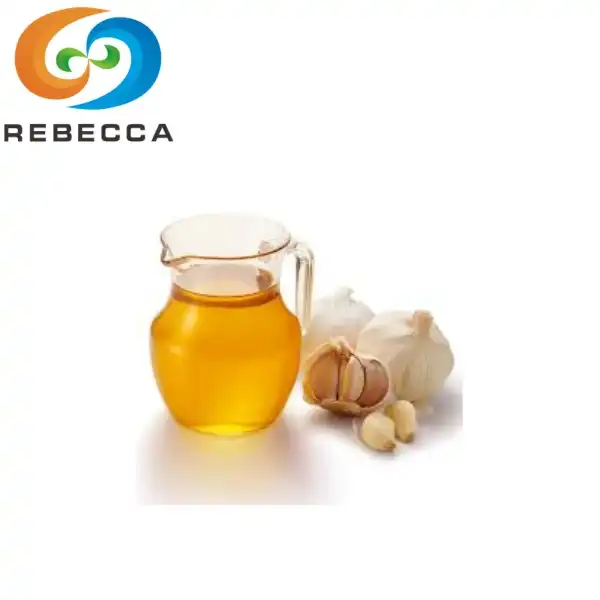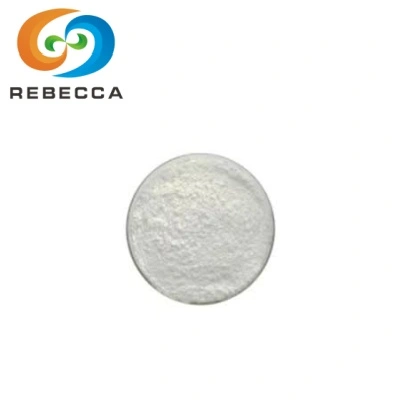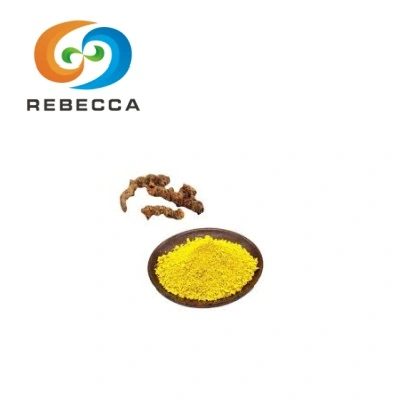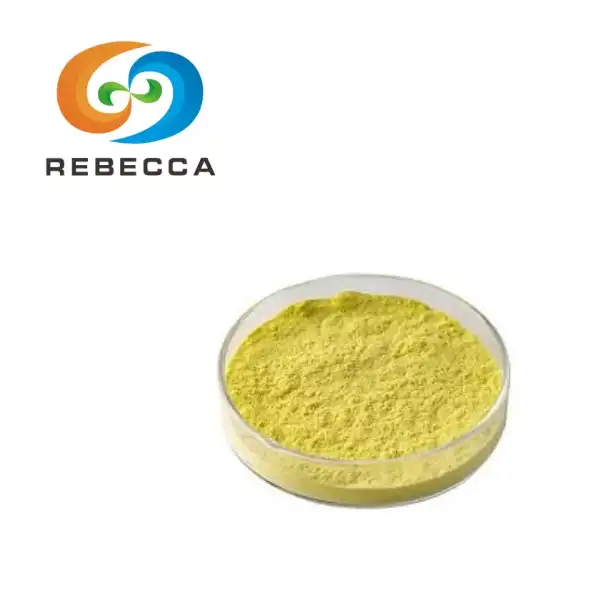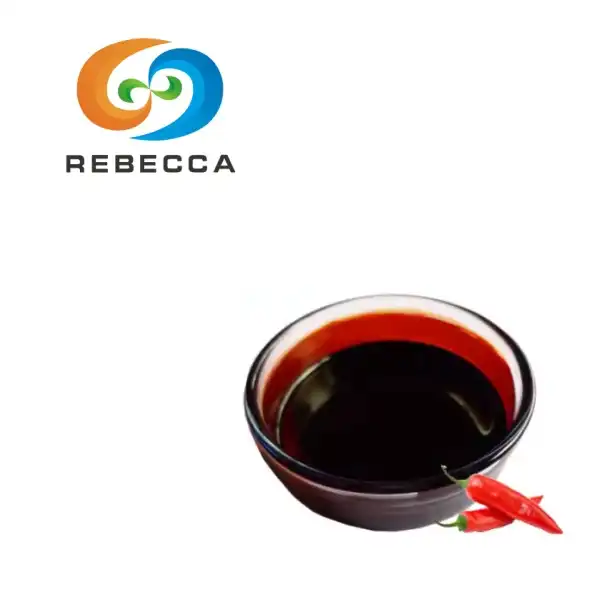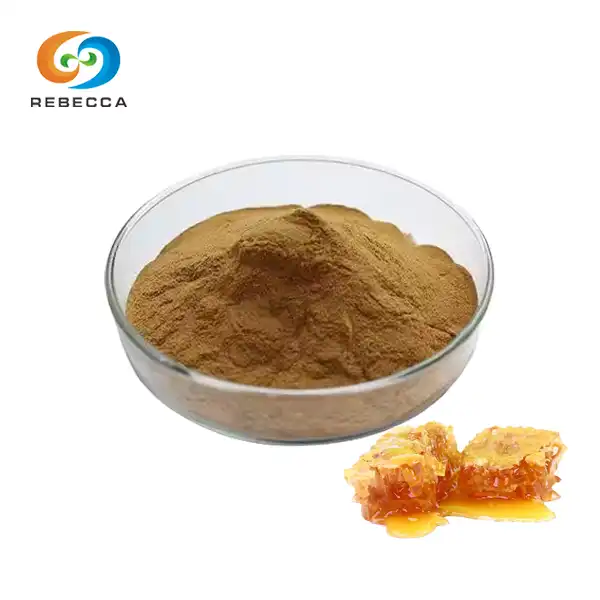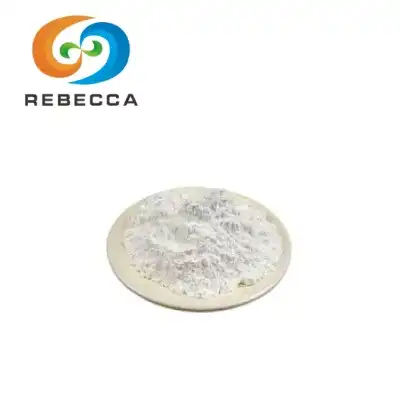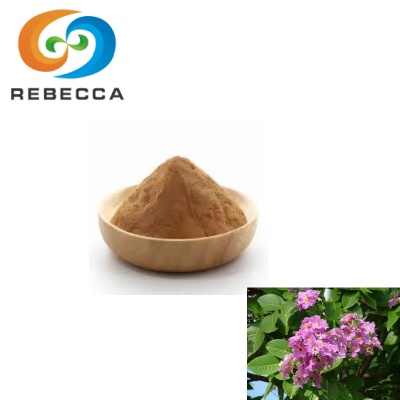What are the pharmacological effects of hyperforin extract?
Among the numerous bioactive compounds found in St. John's Wort (Hypericum perforatum), hyperforin extract stands out as one of the most therapeutically significant constituents. This prenylated acylphloroglucinol compound has captured the attention of researchers and healthcare practitioners worldwide due to its diverse pharmacological properties and clinical applications. Understanding the specific uses and mechanisms of hyperforin helps clarify why this natural compound has become increasingly important in modern phytotherapy and pharmaceutical research.
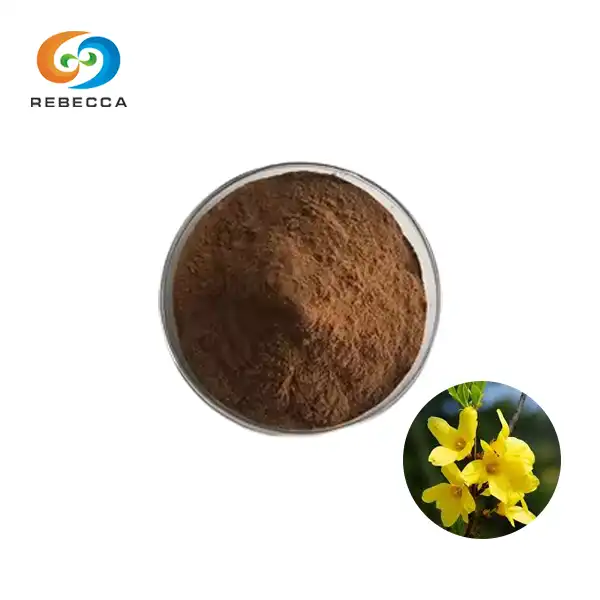
English name: Hypericum perforatum extract
Latin Name: Hypericum perforatum L.
CAS No.: 548-04-9
Molecular forula:C30H16O8
Molecular Weight: 504.45
Active ingredients: Hypericins, Hyperforin
Specification: 0.3% Hypericins UV; 0.3% Hypericin HPLC; 3%, 98% Hyperforin HPLC
Use Part : Whole herbs
Appearance: Brown powder
Mesh size:80 Mesh
Test Method: HPLC/UV
Antidepressant and Anxiolytic Effects
The most well-documented application of hyperforin extract lies in its potent antidepressant and anxiolytic properties, which have been extensively studied through numerous clinical trials and mechanistic research studies. Unlike conventional antidepressants that typically target specific neurotransmitter systems, hyperforin works through a unique mechanism involving the inhibition of neurotransmitter reuptake across multiple systems simultaneously. This broad-spectrum approach affects serotonin, norepinephrine, dopamine, GABA, and glutamate reuptake, creating a more comprehensive modulation of brain chemistry compared to single-target pharmaceutical interventions.
Research has demonstrated that hyperforin's antidepressant effects stem from its ability to elevate intracellular sodium concentrations, which subsequently leads to the inhibition of neurotransmitter reuptake transporters. This mechanism differs significantly from conventional selective serotonin reuptake inhibitors (SSRIs) and represents a novel approach to treating depression and anxiety disorders. Clinical studies have shown that St. John's Wort extracts standardized to contain significant levels of hyperforin demonstrate efficacy comparable to prescription antidepressants for mild to moderate depression, often with fewer side effects and better tolerability profiles.
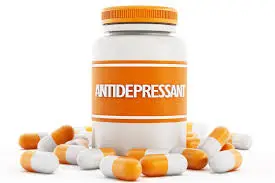
The anxiolytic properties of hyperforin extract appear to involve modulation of GABA neurotransmission, the brain's primary inhibitory neurotransmitter system. By enhancing GABAergic activity, hyperforin may help reduce excessive neural excitation associated with anxiety disorders, promoting a calmer, more balanced mental state. This mechanism contributes to the compound's ability to address both depression and anxiety simultaneously, making it particularly valuable for individuals experiencing comorbid mood and anxiety disorders.
Long-term studies have revealed that hyperforin's antidepressant effects develop gradually over several weeks of consistent use, similar to prescription antidepressants but through distinctly different pathways. This time course suggests that hyperforin may induce neuroplastic changes that support sustained mood improvements rather than providing merely symptomatic relief. The compound's ability to promote neurogenesis and protect against stress-induced neural damage may contribute to these lasting therapeutic effects, offering hope for individuals seeking natural alternatives to conventional psychiatric medications.
Effects on the Cardiovascular System
Beyond its well-known psychiatric applications, hyperforin extract demonstrates significant cardiovascular effects that have garnered increasing attention from researchers investigating natural approaches to heart health. The compound's influence on cardiovascular function appears to involve multiple mechanisms, including direct effects on cardiac tissue, vascular smooth muscle, and systemic inflammatory processes that contribute to cardiovascular disease development. These diverse cardiovascular actions position hyperforin as a potentially valuable therapeutic agent for supporting heart health and preventing cardiovascular complications.
Studies have revealed that hyperforin possesses cardioprotective properties, particularly in the context of ischemia-reperfusion injury, a common mechanism underlying heart attacks and cardiac procedures. The compound's ability to modulate calcium channels and reduce oxidative stress in cardiac tissue may help protect heart muscle cells from damage during periods of reduced blood flow and subsequent restoration. This protective effect could prove valuable in clinical settings where cardiac protection is paramount, though more research is needed to fully establish therapeutic protocols and safety parameters.
Vascular effects of hyperforin extract include its influence on endothelial function, the health of blood vessel linings that play crucial roles in cardiovascular regulation. Research suggests that hyperforin may improve endothelial-dependent vasodilation, potentially contributing to better blood pressure regulation and improved circulation. The compound's anti-inflammatory properties may also help reduce vascular inflammation, a key contributor to atherosclerosis and other cardiovascular diseases. These vascular benefits could translate into reduced risk of cardiovascular events and improved overall circulatory health.

Other Effects
The therapeutic applications of hyperforin extract extend well beyond its primary psychiatric and cardiovascular uses, encompassing a diverse range of biological activities that continue to reveal new potential applications. These additional effects demonstrate the compound's versatility as a therapeutic agent and highlight the complex pharmacological profile that makes hyperforin unique among natural bioactive compounds. Understanding these diverse applications provides insight into the full therapeutic potential of this remarkable plant constituent.
Anti-inflammatory activities represent another significant aspect of hyperforin's therapeutic profile, with research demonstrating its ability to modulate various inflammatory pathways and reduce inflammatory mediator production. These effects may contribute to its therapeutic benefits in conditions characterized by chronic inflammation, including certain autoimmune disorders, inflammatory skin conditions, and neurodegenerative diseases. The compound's anti-inflammatory mechanisms appear to involve inhibition of nuclear factor-kappa B (NF-κB) signaling and modulation of cytokine production, pathways central to inflammatory responses throughout the body.
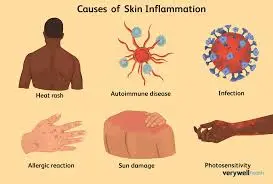
Rebecca: Hyperforin Extract Manufacturer
Its diverse therapeutic applications reflect its unique pharmacological profile and potential for addressing multiple health challenges through natural mechanisms. From its well-established antidepressant and anxiolytic effects to its emerging cardiovascular and antimicrobial applications, hyperforin represents a compelling example of nature's ability to provide complex solutions for complex health problems. The ongoing research into hyperforin's mechanisms and applications continues to reveal new therapeutic possibilities while refining our understanding of optimal usage protocols.
The clinical use of hyperforin requires careful consideration of its interaction potential, particularly its ability to induce cytochrome P450 enzymes that metabolize many pharmaceutical medications. This interaction profile necessitates professional guidance when hyperforin is used alongside other treatments, ensuring both safety and therapeutic efficacy. Despite these considerations, the compound's generally favorable safety profile and multiple therapeutic mechanisms make it an attractive option for individuals seeking natural approaches to health and wellness.
Rebecca stands as a trusted hyperforin extract supplier, providing high-quality products that meet rigorous purity and potency standards. Our comprehensive product line includes various specifications ranging from 0.3% hypericins tested by UV and HPLC methods to concentrated 98% hyperforin HPLC preparations, ensuring appropriate options for diverse applications. With CAS number 548-04-9 identification and 80 mesh particle size, our products maintain consistent quality and bioavailability for research and therapeutic applications.
For more information about our premium products or to place an order, please reach out to us at information@sxrebecca.com. Our experienced team provides detailed product specifications, analytical certificates, and technical support to ensure optimal results for your specific applications and requirements.
References
1. Brattstrom, A. (2009). Long-term effects of St. John's wort (Hypericum perforatum) treatment: a 1-year safety study in mild to moderate depression. Phytomedicine, 16(4), 277-283.
2. Dinamarca, M.C., et al. (2006). Hyperforin prevents β-amyloid neurotoxicity and spatial memory impairments by disaggregation of Alzheimer's amyloid-β-deposits. Molecular Psychiatry, 11(11), 1032-1048.
3. Gobbi, M., et al. (2001). Hypericum perforatum L. extract does not inhibit 5-HT transporter in rat brain cortex. Naunyn-Schmiedeberg's Archives of Pharmacology, 363(2), 192-200.
4. Linde, K., et al. (2008). St John's wort for major depression. Cochrane Database of Systematic Reviews, (4), CD000448.
5. Müller, W.E., et al. (2003). Hyperforin represents the neurotransmitter reuptake inhibiting constituent of hypericum extract. Pharmacopsychiatry, 36(1), 7-14.
